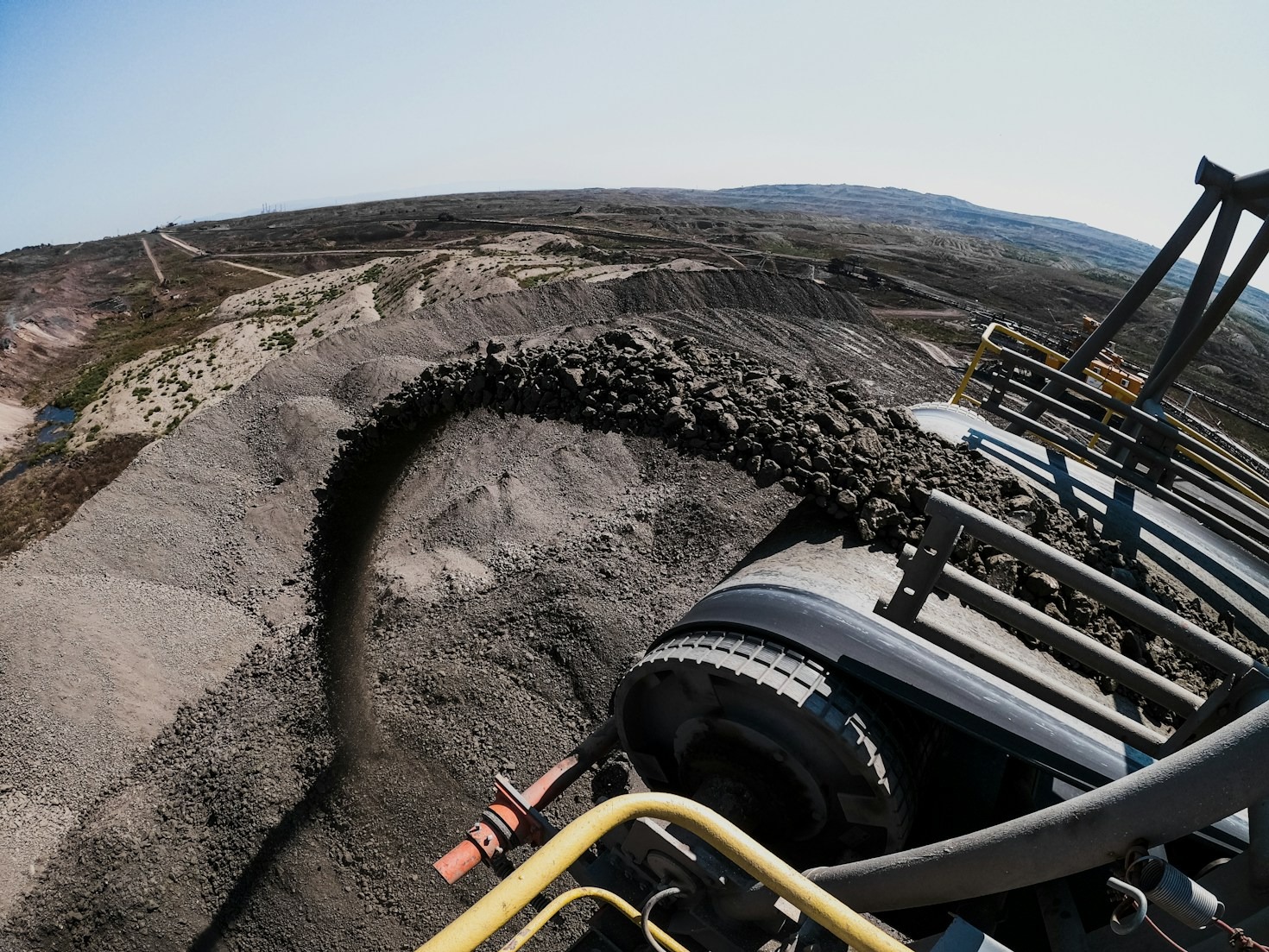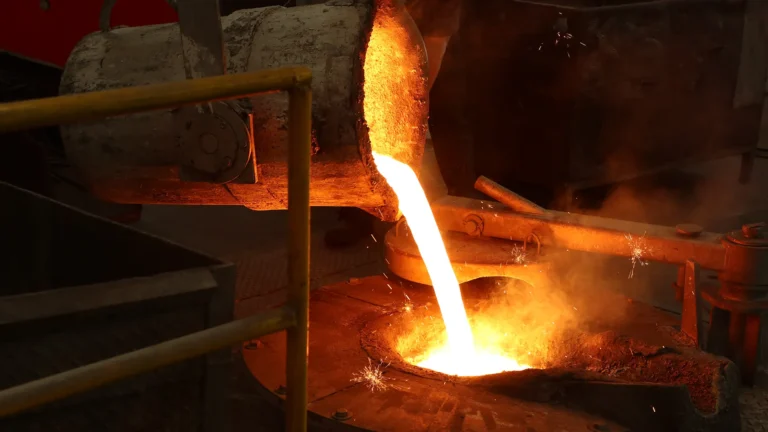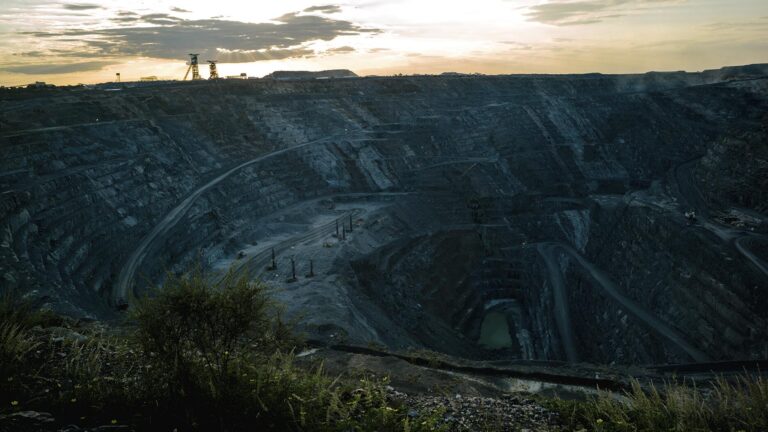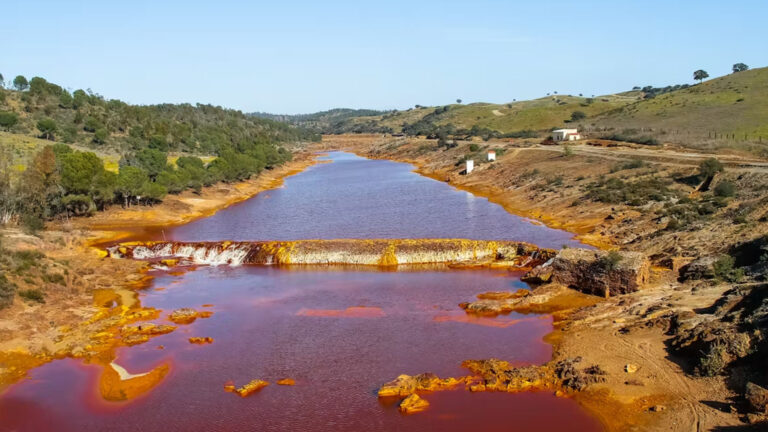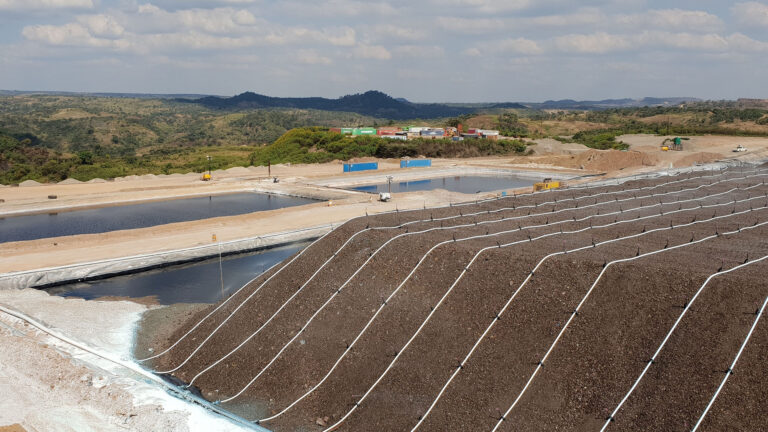The mining industry plays a critical role in supplying the raw materials that fuel global economies. Yet, the influence of mining goes beyond the extraction of resources. Regulations governing mining activities have a direct impact on commodity prices, investment flows, supply chain stability, and even geopolitical strategies.
In this blog, we examine how mining regulations impact global markets and the dynamics they introduce to this essential industry.
1. Regulatory Variability and Market Volatility
Mining regulations vary significantly by country. While some nations have well-established, investor-friendly regulatory environments, others frequently adjust their policies in response to political or economic pressures. These changes create uncertainty in the global supply of critical minerals, which in turn influences market volatility and price fluctuations.
Key Consequences:
- Delays in project approvals
- Sudden export bans or taxes
- Shifts in investor confidence
Read: How Indonesia’s nickel export ban reshaped global markets
2. Environmental Regulations and Green Demand
As global attention shifts toward climate change, mining operations are facing stricter environmental standards. Compliance with emissions, water use, and land rehabilitation rules increases costs but also encourages innovation in eco-friendly mining practices. These green regulations align with the demand for responsibly sourced minerals, which are essential to clean energy technologies.
Market Impacts:
- Increased production costs
- Premium pricing for ESG-compliant resources
- Preference for clean supply chains
Explore: The OECD’s environmental mining framework
3. Labor Laws and Social Licenses
Labor regulations, worker safety laws, and community engagement policies significantly shape mining operations. Strikes, disputes, or poor labor practices can shut down entire sites, affecting global supply chains. Maintaining a social license to operate is now as critical as securing a mining permit.
Examples:
- South African mining strikes affecting platinum prices
- Latin American protests are halting copper production
World Bank: Social License to Operate in Mining
4. Trade Policies and Resource Nationalism
Countries rich in mineral resources often adopt protectionist policies to retain more value domestically. These include higher royalties, export restrictions, or mandated local processing. While such policies can stimulate local economies, they can disrupt international supply chains and affect global pricing structures.
Current Trends:
5. Transparency and Anti-Corruption Reforms
Global markets increasingly value transparency in mining operations. Initiatives like the Extractive Industries Transparency Initiative (EITI) aim to reduce corruption, promote fair taxation, and improve governance. Transparent regulations attract responsible investors and stabilize markets by minimizing hidden risks.
Positive Effects:
- Reduced investor risk
- Clearer tax regimes
- Better reputational outcomes for host countries
Conclusion
Mining regulations are a double-edged sword: they protect people and the planet but also influence where and how mining takes place and at what cost. For global markets, the implications are profound. Investors, companies, and governments must closely monitor regulatory developments to mitigate risk and identify opportunity.
When well-crafted and transparent, mining laws can foster stable, sustainable, and equitable growth in one of the world’s most essential industries.

